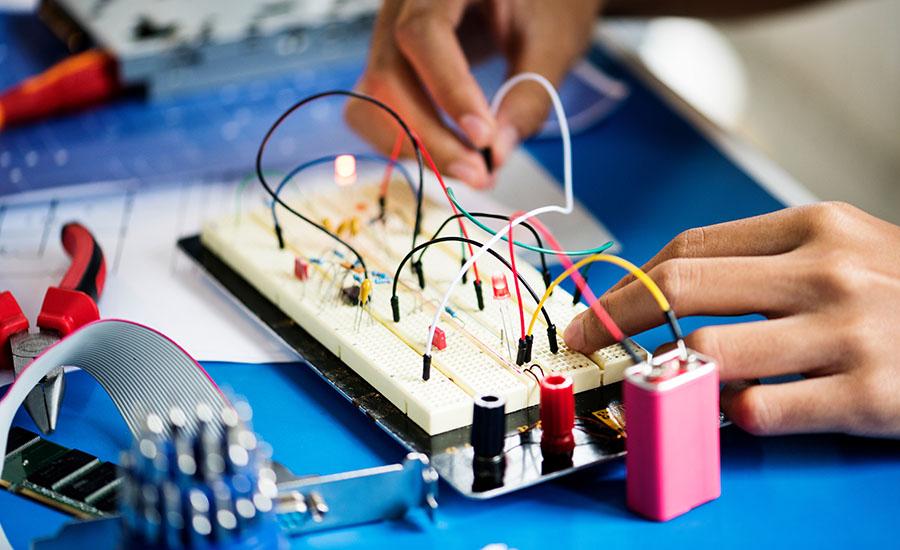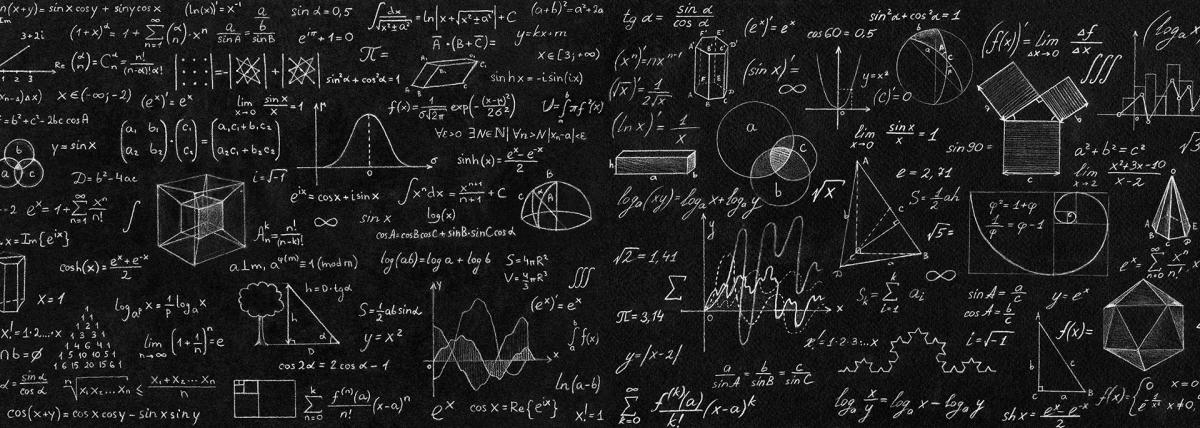
Deriving Ohm’s Law (Revised)
In this lesson, students use a pHet simulation to derive Ohm's law. Students will be able to describe Ohm’s law with a formula and through written expression.
Lesson Plan Link/URL
https://docs.google.com/presentation/d/1NtDeaaGt9S5hbfNfB4MiaiOCtXPakbum/edit?u…Subject Area
Science Physical Science P4: Energy Transfer Engineering S4: Apply Science to EngineeringRelated Content

What will houses of the future look like? This Physics project-based lesson helps students explore what houses of the future might look like based on their geographical locations and climate. Students

GROWING CRYSTALS PART 1, A lesson that focuses on the different types of formation of crystalline solid, its properties and the attractive forces responsible to it during chemical bonding. It is

Students will study car barrier engineering in this lesson. They will study how Newton’s Second Law of motion can be applied to determine how to decrease the force of impact during a collision. They